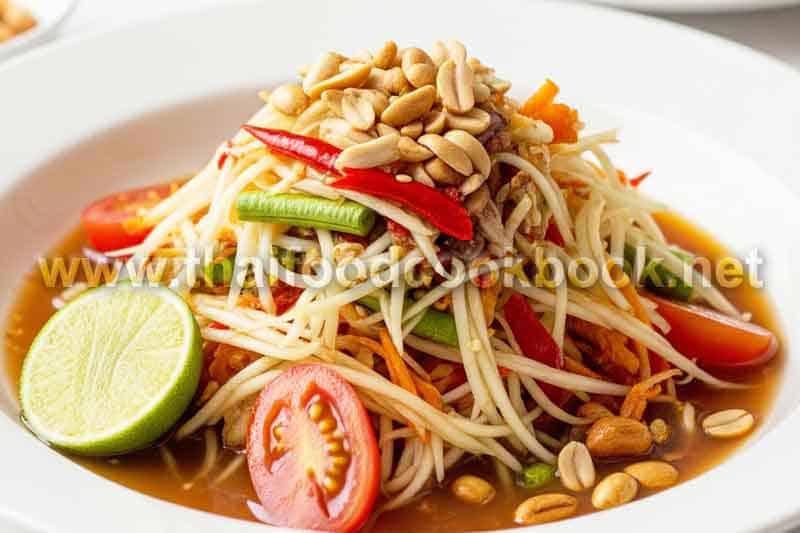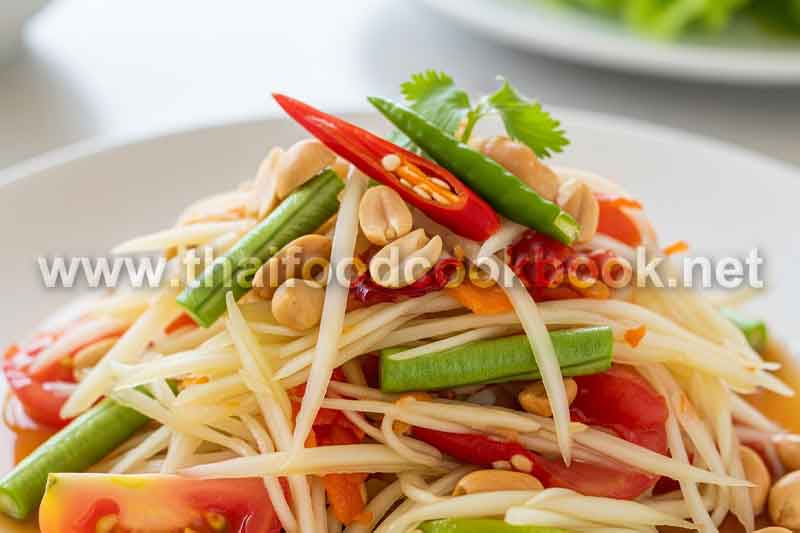The Essential Thai Ingredients You Must Have Before Cooking
For anyone just beginning their journey into Thai cuisine, the most common barrier is not technique—but ingredients. Many people feel excited to try Thai recipes for the first time only to discover that they cannot recreate real flavors because their kitchen lacks the essential Thai ingredients required to build authentic taste. Without the right foundation, even the most carefully followed recipe can lose its identity. When someone wants to understand traditional Thai pantry staples, they are often surprised by how much of the flavor comes from fresh aromatics rather than heavy sauces. This is why choosing the correct herbs, base seasonings, and pastes is more important than simply following measurements. Before you begin cooking, you must gather the tools of flavor — the core elements that form the soul of the dish, the pillars that allow Thai cuisine to be both vibrant and balanced. And because these ingredients represent culture as much as taste, they cannot be replaced by generic substitutes without losing their spirit. The easiest way for a beginner to prepare properly is to build a small but powerful pantry inspired by the real traditions of Thai home kitchens. A confident approach begins with knowing which items matter most, and how each one supports depth, aroma, and balance. Learning the essential Thai ingredients is the first step to understanding how flavors are layered from the ground up, long before heat even touches the pan.
Unlike Western cuisines that often rely on dairy, staples like cheese and butter do not define Thai food; instead, freshness and herbal complexity are the base of every traditional dish. That is why a beginner who wants to stock a real Thai herbs and spices collection must learn to prioritize authenticity over convenience. There is a major difference between using lemongrass and a bottled “lemon flavor,” the same way there is a world of difference between fresh galangal and ordinary ginger. Thai dishes are not built from single notes — they are built from harmony. Without the correct pantry foundation, the flavor becomes thin and incomplete. Authentic Thai cuisine is a dialog between ingredients and memory: each herb tells a regional story, and each seasoning reflects a cultural root. Before worrying about complex recipes, learning to stock the correct items becomes an act of respect toward tradition.
Many people assume that Thai cuisine can be recreated with a handful of sauces, but what makes the difference between imitation and authenticity is not quantity — it is precision. Ingredient choice transforms simplicity into depth. For example, coconut cream simmered slowly differs greatly from canned substitutes filled with stabilizers. Real fish sauce fermented traditionally delivers gentle umami, not harsh saltiness. Palm sugar melts with warmth rather than tasting sharp like refined granulated sugar. These details may sound small, but they represent the DNA of Thai cooking. Before beginners can master heat or perfect timing, they must learn the cultural role behind each item that earns its place in an authentic Thai cooking essentials pantry.
What many new cooks do not realize is that Thai cuisine is a system of layered bases. Aromatics such as lemongrass, galangal, and kaffir lime leaves form a base of fragrance. Pastes made from chilies, shallots, garlic, herbs, and spices form the backbone of body and depth. Seasonings such as fish sauce, tamarind, palm sugar, and shrimp paste provide emotional tone — they round out the flavor and anchor a dish. When a beginner asks what ingredients do you need for Thai food at home, the answer is not a long shopping list, but a philosophy: choose ingredients that carry story, not shortcuts. Because of this, preparing a pantry is not only a practical task, but the first form of cultural respect a cook can show.
Building a Traditional Thai Pantry for an Authentic Kitchen
Stocking a traditional Thai pantry is the first real step toward cooking with confidence. A well-prepared kitchen is not measured by the number of ingredients but by the quality and authenticity of each one. When your pantry reflects the core of Thai culture, your cooking naturally follows the rhythm of heritage. To help beginners visualize the foundation more clearly, below are the most essential ingredients that should always be present before attempting Thai cuisine at home:
- Lemongrass – delivers bright, grassy fragrance to soups and curry pastes.
- Galangal – adds earthy spice distinct from ginger and essential to broths.
- Kaffir lime leaves – infuse stews and soups with floral citrus aroma.
- Fish sauce – builds salty umami depth without masking freshness.
- Tamarind paste – creates natural sourness for balance in sauces and noodles.
- Palm sugar – softens spiciness with mellow caramel undertones.
- Thai chilies – provide intense heat and aromatic warmth.
- Shrimp paste – deepens fermented earthiness in curry bases.
- Coconut cream – gives richness and body to curries and desserts.
These ingredients form the backbone of nearly every Thai dish regardless of region. Keeping them on hand means you are never forced to compromise authenticity just because a substitute ingredient lacks depth or identity. Learning how to prepare a Thai kitchen for beginners is about respecting origin flavor before interpreting creativity.
Key Herbs and Seasonings That Shape Real Thai Flavor
A pantry is only half the journey—understanding how to use it defines mastery. Some of the most essential Thai herbs and spices are not just aromatic; they carry cultural memory. Coriander roots, for instance, are often discarded in Western kitchens, yet in Thai cuisine they are crushed with garlic and pepper to form the foundation of marinades. Holy basil is used for aroma-driven heat, not sweetness like its Western cousin. Even shallots are chosen for their tenderness and ability to melt into pastes rather than remain sharp.
Here are the most influential seasonings that distinguish an authentic Thai cooking essentials pantry from a simple Asian spice shelf:
- Fish sauce for mineral complexity and body rather than flat saltiness.
- Shrimp paste for deep umami structure and fermented strength.
- Tamarind to create soft, natural acidity that breathes, not shocks.
- Palm sugar to bind contrasting flavors together smoothly.
- Lime and kaffir citrus oils to top layers of fragrance at the finish.
These choices help answer the question many beginners ask: what ingredients do you need for Thai food at home? The answer is not generic soy sauce or chili oil—it is a thoughtfully built foundation of seasonings that honor identity. When a cook’s pantry respects origin, the dish always tastes emotionally true.
How Ingredient Selection Shapes Authentic Results
The final secret to using essential Thai ingredients effectively lies in understanding why authenticity depends not only on the ingredient itself, but on timing and intention. Thai cuisine layers its experience through transformation: herbs are bruised before simmering, pastes are bloomed before hydrating, seasonings are added in stages rather than all at once. The pantry exists not simply for storage—it exists to guide the philosophy of flavor.
Beginners often believe authenticity is about quantity—adding more herbs means more power—but real Thai flavor relies on proportion guided by tradition. Some aromatics must remain subtle to allow others to shine. Some heat must float lightly above sourness, not drown it. Proper Thai cooking is emotional architecture: each ingredient plays a role within a hierarchy of balance.
This is why cooks who want to come closer to authenticity must build a pantry with care before ever touching the pan. The ingredients are teachers in themselves. They show you how the cuisine should feel, not only how it should taste. And once you master the basics of a traditional Thai pantry, you gain permission to cook with heart rather than imitation.
Summary
A truly authentic Thai kitchen begins with foundation, not decoration. The most essential Thai ingredients define flavor before heat or presentation. By building a pantry rich in herbs, pastes, and traditional seasonings, you protect the integrity of Thai cooking while giving yourself the tools to cook with confidence at home. Understanding which ingredients matter—and why—ensures your meals carry the same heritage and emotional depth found in real Thai cuisine.

